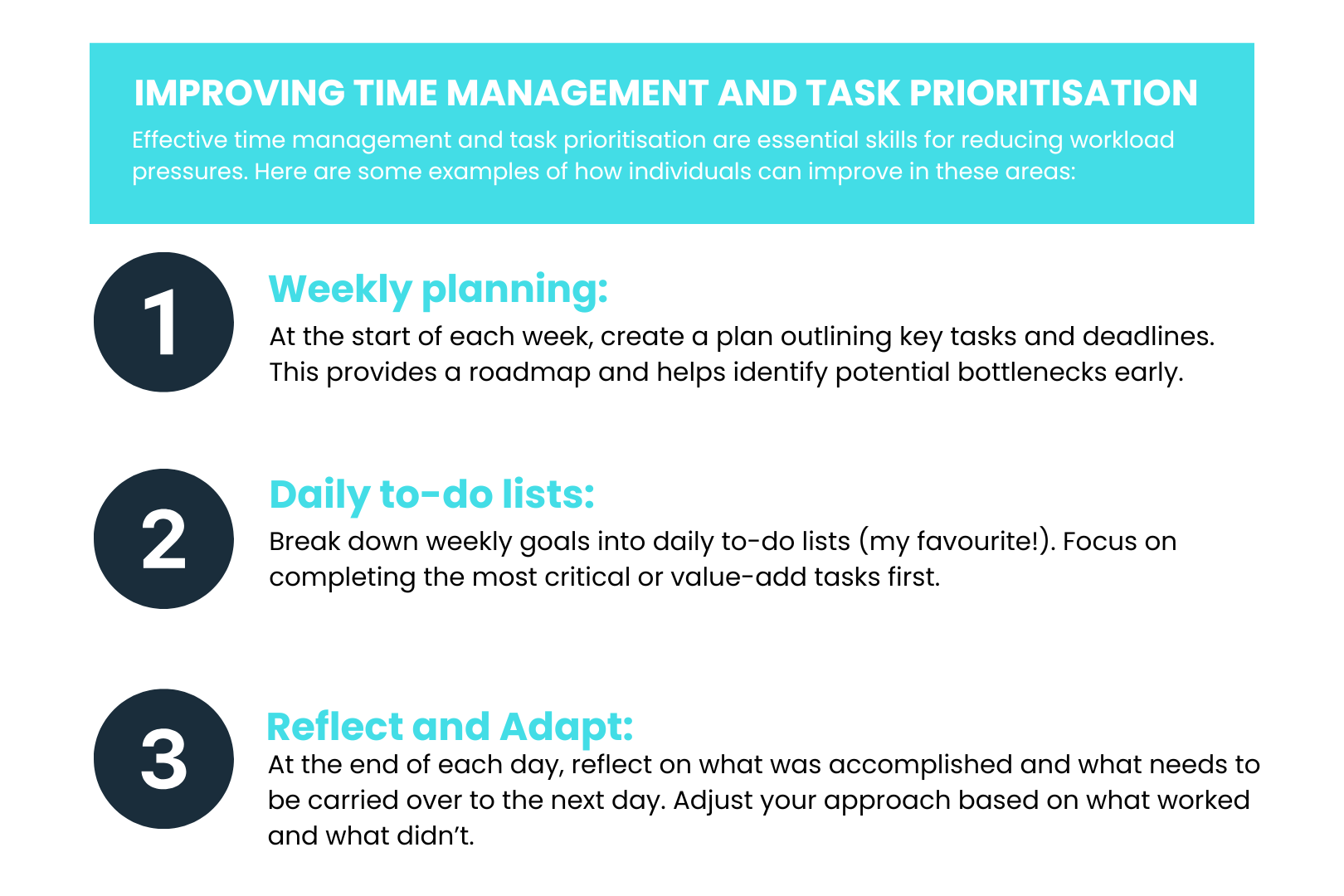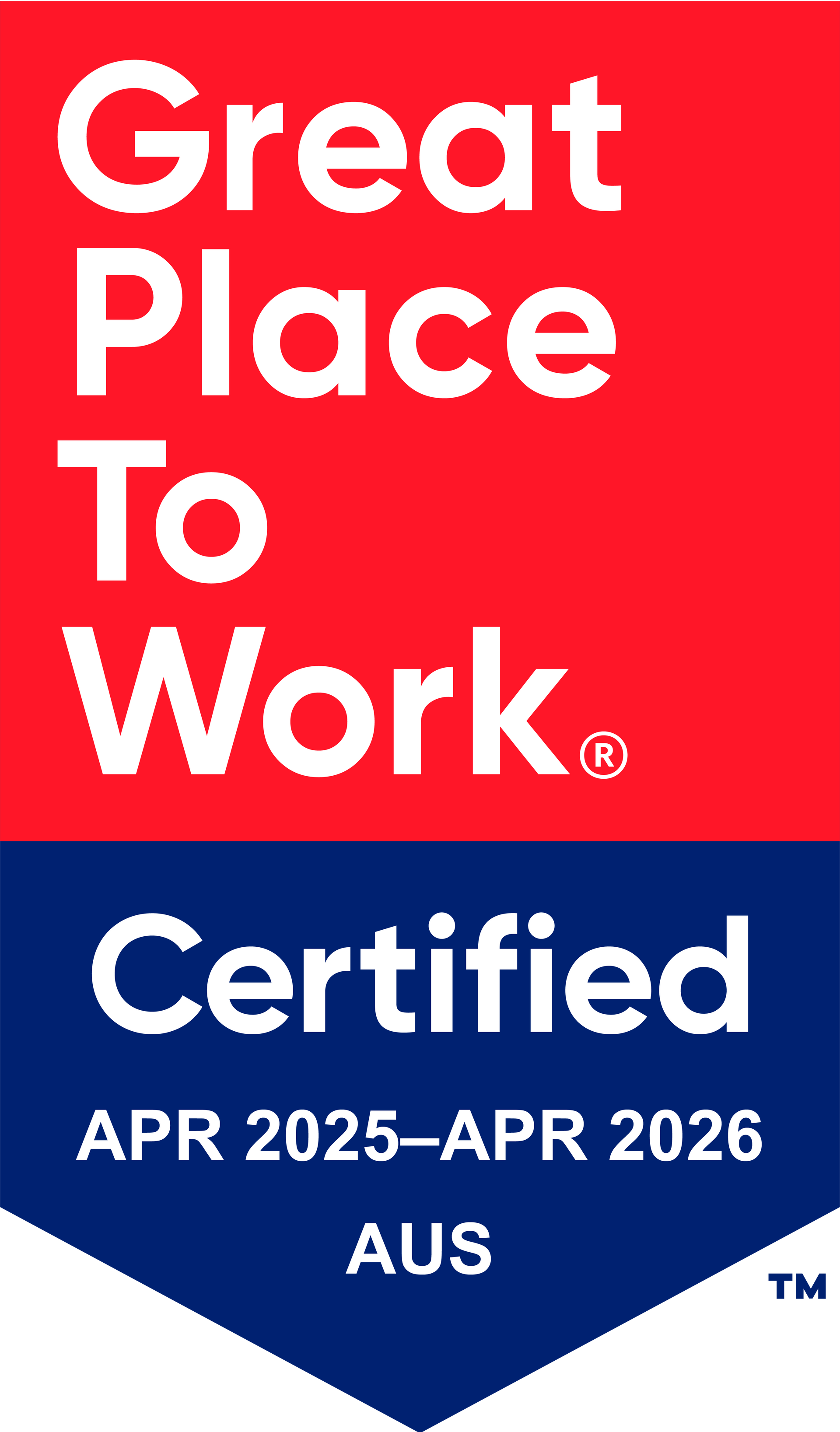Does anyone get the response "I'm soooo busy!" when asked how they are?
“So busy” is a common phrase known to many of us, and for too long. I recall my family member sharing me this statement each family event we attended. So, I turned around and said, “You say that every time I see you, so what are you going to do differently?”.
Many of us find ourselves overwhelmed with tasks, battling a constant influx of emails, calls, instant messages, and meetings. Sometimes this environment in temporary bursts is positive, often leading to high productivity and engagement. However, a relentless pace can lead to burnout; a state of emotional, physical, and mental exhaustion caused by excessive and prolonged stress. To combat this, mastering workload management is crucial.
Understanding Burnout and Workload Management
Burnout manifests as chronic fatigue, cynicism, and a sense of ineffectiveness. It's not just about being tired; it's a serious condition that can impact both personal well-being and professional performance.
Workload management, on the other hand, involves organising, prioritising, and completing tasks efficiently to maintain productivity and reduce stress. Effective workload management helps prevent burnout by ensuring that work demands do not exceed personal capacity. It’s a fine balance!
The Art of Distraction: Instant Messaging Overload
I love today’s communication tools like emails and instant messaging platforms (e.g., Microsoft Teams, Slack) are double-edged swords. Gone are the days of picking up the desk phone, waiting for those 10 dial tones; and then leaving a message to perhaps hear back in a couple of hours (if you’re lucky!).
While these modern platforms facilitate instant communication, they also create a constant source of interruptions. These distractions can fragment our focus and lead to increased stress and decreased productivity. Whilst most practices are innate in our day to day work, take the time to refresh or try a new approach to managing distractions by setting some boundaries and creating structured time for focused work.
Practical Tips to Stay Ahead and Reduce Workload Pressures
1) Prioritise Tasks with the Eisenhower Matrix: The Eisenhower Matrix is a time management tool that helps prioritize tasks based on urgency and importance. Categorize tasks into four quadrants:
- Urgent and Important: Do these tasks immediately.
- Important but Not Urgent: Schedule these tasks for later.
- Urgent but Not Important: Delegate these tasks if possible.
- Not Urgent and Not Important: Eliminate these tasks.
For example, an urgent client request (urgent and important) should be tackled first, while planning for a future project (important but not urgent) can be scheduled for later.
2) Time Blocking: Allocate specific blocks of time for focused work, meetings, and breaks. This method helps ensure that critical tasks receive dedicated attention without being disrupted by less important activities. For instance, designate an hour in the morning for deep work and another hour in the afternoon for responding to emails.
3) Ever considered using MS teams/outlook or related platforms to control your disruptions? Limit Distractions by:
- Disable Notifications: Turn off non-essential notifications; or change the settings on your devices to minimise interruptions.
- Set Communication Boundaries: Inform your team of your focused work periods and suggest alternative times for non-urgent communications.
4)
Use the Pomodoro Technique: As an Italian I would agree that there is merit in daily siestas! This technique involves working for a set period (typically 25 minutes) followed by a short break. After four cycles, take a longer break. This approach helps maintain focus and reduces mental fatigue. For example, work on a report for 25 minutes, take a 5-minute break, and repeat.
5) Delegate and Collaborate: Ask the question, do I need to do this or can it be done by someone else? Don’t hesitate to delegate tasks to team members who have the capacity and interest to handle them. Collaboration tools can also help streamline team efforts and ensure that responsibilities are appropriately distributed.
6) Regularly Review and Adjust:
Keep trying new ways and approaches. There isn’t a one size fit all model. Periodically assess your workload and adjust priorities, as necessary. This ensures that you remain aligned with your goals and can adapt to changing circumstances.
For example, if you find that responding to emails is taking up too much of your time, allocate specific times during the day for email management, rather than constantly checking your inbox.
Conclusion
My family member was a little startled by my response to the common phrase “im soooooo busy”. These statements are usually dismissed or accepted as “part of your job”. When you hear this statement made by others or you hear yourself say this; don’t condone it; call it out.
This is the calling card to address potential burnout and workload pressures. By prioritising tasks, setting boundaries on communications, and regularly reviewing your workload, you can mitigate the risk of burnout and maintain a healthier, more productive work-life balance.
Remember, being busy is not the same as being productive—focus on what truly matters and manage your time wisely.












